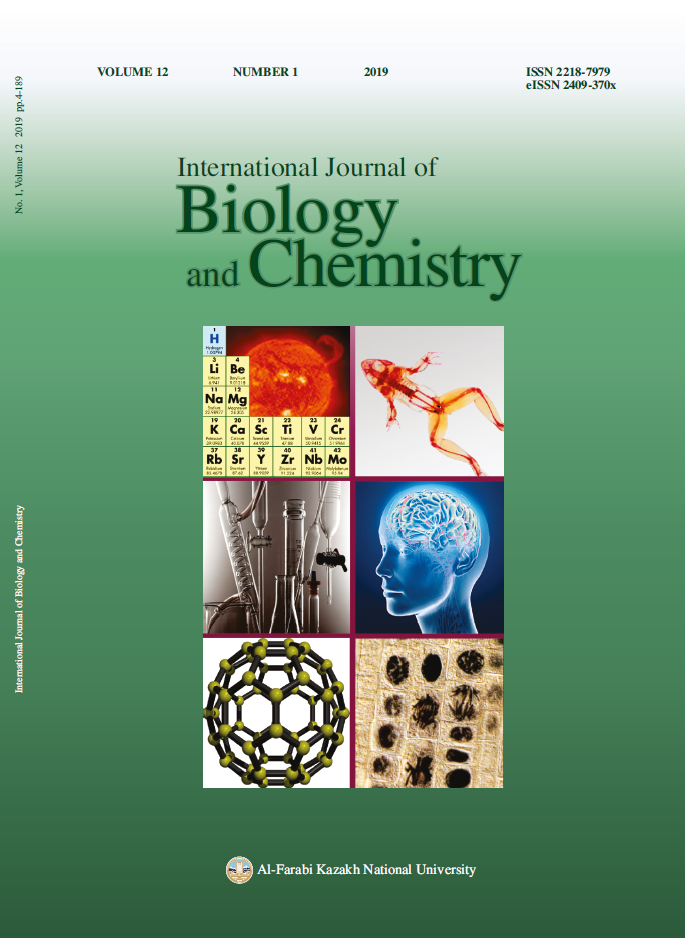Study of the effectiveness of mixed organo-inorganic inhibitors
DOI:
https://doi.org/10.26577/ijbch-2019-1-i23Abstract
The relevance of the study lies in the fact that industrial production requires inhibitors with a high degree of protection, low cost of production and meet the requirements for chemical reagents. Individual organic or inorganic inhibitors used in production do not always meet the above requirements. The mutual influence of mixtures of various inhibitors was considered by V.P. Barannik. Using the concepts developed in the theory of catalysis for mixed catalysts, he established that the action of inhibitor mixtures in many respects resembles the action of catalyst mixtures. For mixtures of inhibitors, the effects of mutual amplification are established — synergism of the protective action, additivity, and the effect of mutual weakening — antagonism of the protective action. Strengthening the protective action of an organic corrosion inhibitor is possible by creating a composition of this inhibitor with other substances that enhance its action or by introducing into the molecule of this organic substance functional groups with heteroatoms different in charge (for example, N, O, P). The study and creation of mixed organoinorganic compositions of inhibitors, mutually reinforcing the action of each other and capable of forming self-organizing surface layers is a promising and little-studied area. For research as main components of the inhibiting compositions taken: sodium dihydrogen phosphate, sodium hydrogen phosphate, sodium orthophosphate, sodium dihydrogendiphosphate, diphosphate sodium, sodium cyclotriphosphate and sodium cyclohexaphosphate, urea, thiourea, diethylamine hydrochloric acid, monoethanolamine, triethanolamine. The research was conducted according to the methods of state standards. The research methods were gravimetry, photocolorimetry, potentiometry. Experimentally determined quantitative indicators of the corrosion process: the rate of the corrosion process, degree of protection, depth indicator, braking coefficient. Analysis of the experimental data allows us to establish the laws of change in the quantitative indicators of the corrosion process and the stability of the resulting protective film on the metal surface. The experimental data obtained correlate well with the calculated data of the thermodynamic parameters of the corrosion process. Based on the research conducted, the chemical process and the mechanism of the interaction of the inhibitor with the surface of the metal plate were established. The evaluation of the stability of the resulting film was carried out on a scale of corrosion resistance in relation to steel St-3. On the basis of the obtained data, it was established that the anticorrosion efficiency depends on the nature of the organic and inorganic component and the ratios of the components of the systems. Mathematical and static data processing was carried out by Student’s method with a confidence interval of 0.95. The regularities established during the work expand and complement the existing ideas about the protective effect of two-component organic-inorganic systems. The results will significantly contribute to the creation of effective, environmentally friendly and cost-effective inhibitors of steel corrosion.
Downloads
How to Cite
Issue
Section
License
ааа





